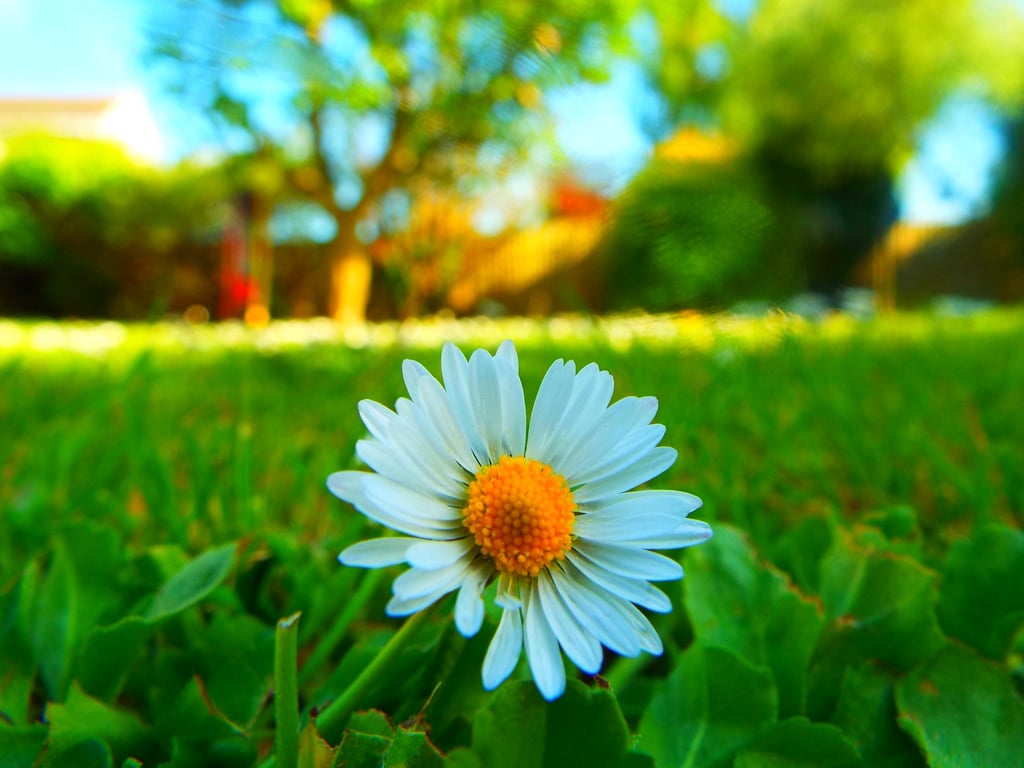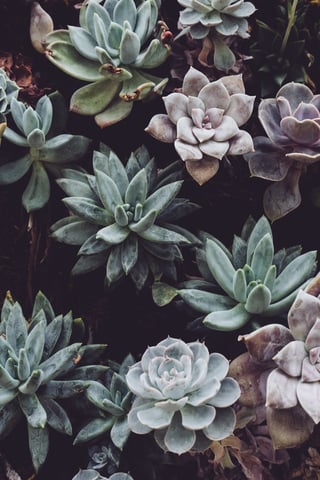
There’s no denying that South Africans have become increasingly aware of what a scarce source water is becoming. And we’re not only talking to Capetonians who are currently experiencing the worst drought in over 100 years – interestingly, KwaZulu Natal, North-West and Limpopo have all experienced severe water shortages and water restrictions over the last couple of years.
While water restrictions force us to reevaluate our water consumptions – especially in and around the house – it luckily doesn’t mean that you should let your garden turn into a sandpit! Here are a few ways you can enjoy greenery while using as little water as possible to do so.
THINK TWICE BEFORE PAVING
We get it: having a garden that looks like the Kalahari Desert during a drought is not visually appealing. And while it might seem like a good idea to dig up the plants and grass so that you can pave your garden (and make your garden still look pretty), it’s not necessarily the smartest solution in the long run. Laying down stonework, tarmac or concrete over the full area of your garden will prevent any rain water from penetrating the ground and becoming part of the water reserve deep underground, which is integral for water supply. And during a drought we really want every single drop of rain to be absorbed for future use!
If you want to pave, choose the area that receives the most sun and leave a small area where rainwater can drain towards and be absorbed into the ground. It’s a win-win solution!
SWAP WATER-SAPPING PLANTS FOR WATER-SAVING PLANTS
Choosing water-wise plants shouldn’t be limited to fat plants and cacti (thank goodness!)… Here are a few great examples of plants that require little water to survive:
Plants with few leaves or small/needle-like leaves: You might recall from your primary school biology that plants lose water through their leaves… Needless to say, the bigger a plant’s leaves or the more leaves a plant has, the more water it will lose and, thus, the more water it will need to survive. Instead, choose plants with fewer leaves or small, needle-like leaves – such as Rosemary, Origanum, Thyme, Erica and Acacia plants. A herb garden sounds and smells like a pretty good solution.
Go for grey foliage: Plants with a silvery grey skin and tone is great in that it reflects the sunrays which keeps the plant cooler – all this reduces water loss and, thus, the plant’s overall water consumption. Look out for Lavender, Lambs Ear, Silver Arctotis and Wormwood.
Opt for plants with waxy leaves: It goes without saying that the waxy layer prevents moisture loss and, so, reduce water consumption. Examples include: Pavetta Lanceolata (aka ‘Bride's Bush’), Sago Palm or Swedish Ivy.
Choose hairy foliage: Not only do grass-like foliage add a softness to your landscapes, but they also use little water to survive. Think of: Carex Grasses, Geranium Incanum or Everlasting Flowers (Helichrysum).
Select succulents: Succulents have thick, fleshy leaves – perfect for storing water, especially during dry times. Plus, succulent gardens are all the rage nowadays! Look out for Vygies, Aloes and Crassulas.
Lastly, be sure to group your plants with similar water needs together – so, plants that require watering once a month, plants that require watering every two weeks and those who require watering once a week together. This will make it easy for you to water sections together and prevent using too much water and/or overwatering certain plants.

WATER-WISE THE GROUNDS
While water-wise plants can do much to save your garden in a drought, the ground and lawn should not be overlooked – these play as an important part in water reduction and water consumption.
Mulch it! Not only does mulch help reduce water evaporation, but it also moderates soil temperatures and prevents weeds from growing, and can add a gorgeous aesthetic look to your garden. Most horticulturist will recommend placing 5cm to 8cm layer of mulch around plant beds, trees and shrubs to help with water consumption.
Go for drought-resistant grass: It’s a sad fact that grass is the first and most prominent element in a garden that suffers during a drought. The good news is that there are types of grass that can survive with little water – Buffalo Grass or Bermuda Grass use 20% less water than other varieties.
LOCAL IS ALWAYS LEKKER
We understand that redoing your landscape with water-wise plants can be a costly affair. So, if you want to save a few Rands, rather look around your garden for well-established plants that have been fairly resistant to the drought or little water consumption – these are likely to be indigenous plants as they fare well in the natural environment. Native plants are also especially resistant to pests and diseases.
From here you can use cuttings from one plant to grow into more plants to replant in the rest of your garden.
PLANT IN THE RIGHT SEASON
Horticulturist will always advise to plant seedlings and plants during spring and early summer – round August to November. Not only are the weather conditions favourable during this time (it’s not too hot nor too cold), but it also provides enough time for the plants to establish a good root system before the heat of the summer. And a good root system is the key for any plant to survive a drought.
BE WATER-WISE ABOUT WATERING YOUR GARDEN
So, your water-wise plants and water-wise ground are sorted; now be smart when and how you water your garden.
Before watering your garden, first place your finger a few centimetres into the soil to check its moisture content – the soil might look dry at the top, but very often there’s enough moisture below the surface.
Try to water your plants more deeply: connect a small pipe that reaches 10cm underground from where you can water your garden beds or use a watering can to target the roots of your plants. This will help your plants develop a stronger root system, which – as mentioned before – is key in being drought resistant. In addition, soil is generally a lot cooler underground and there’ll thus be less evaporation
Don’t water on windy days. Wind is the nemesis to water-wise gardening as it accelerates evaporation. It also goes without saying that it’s best to water before 9am and after 6pm.